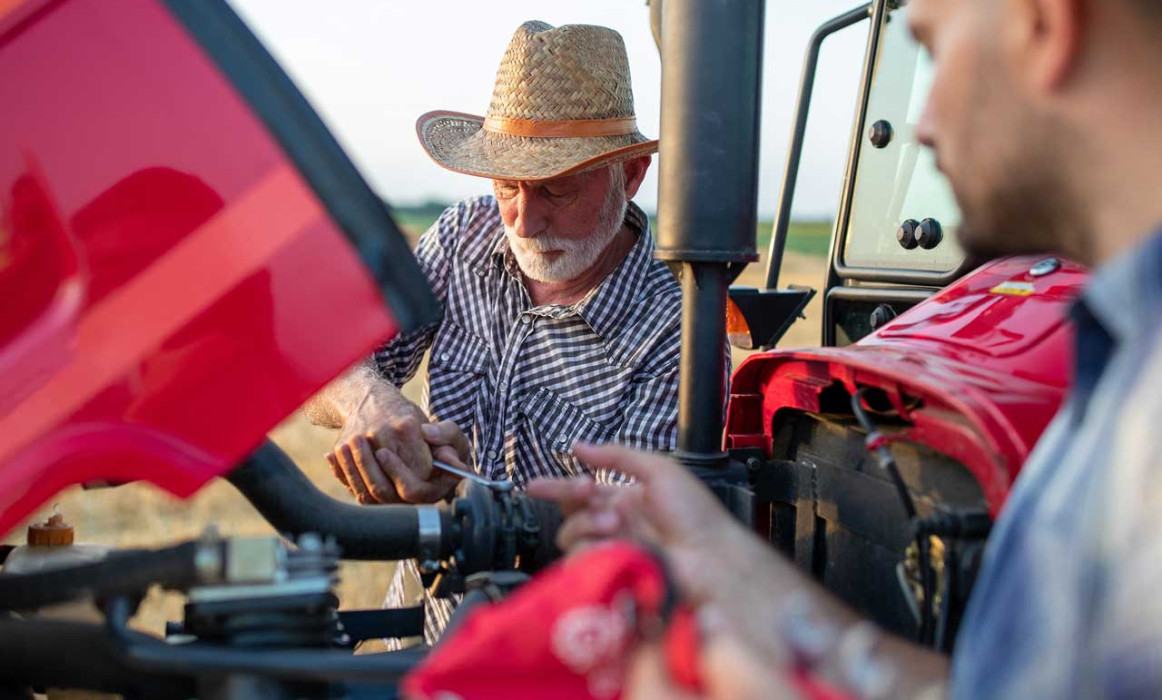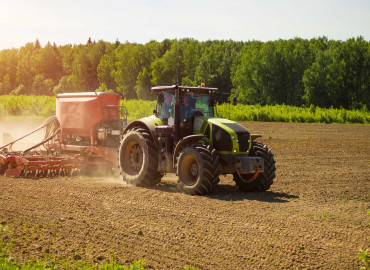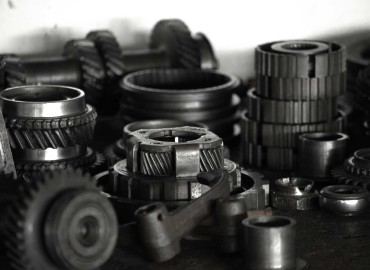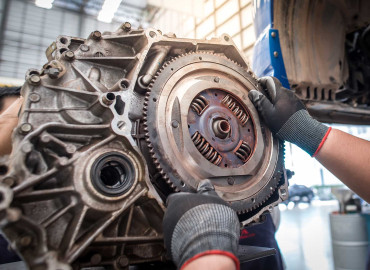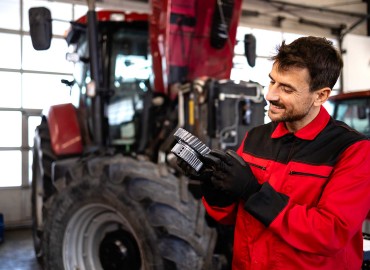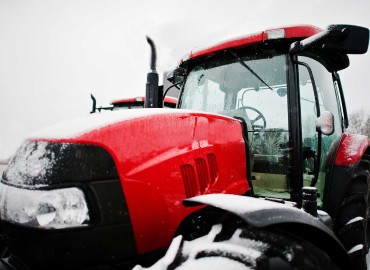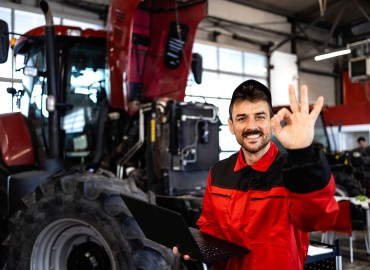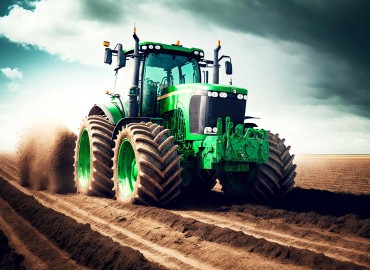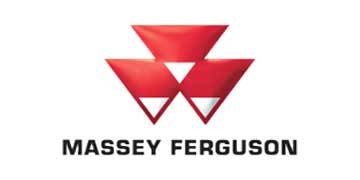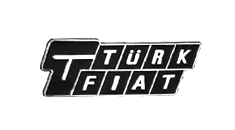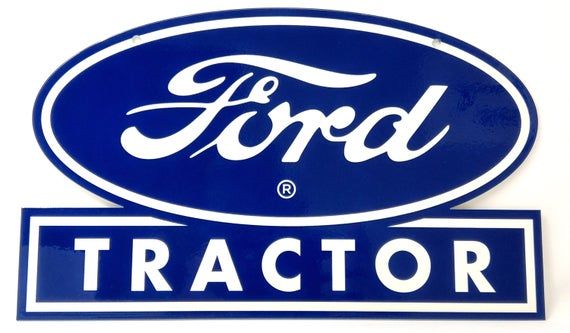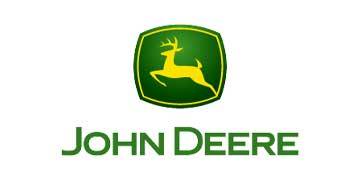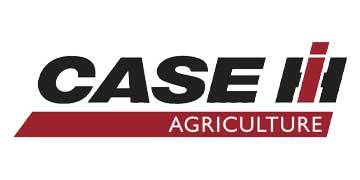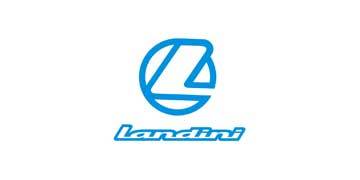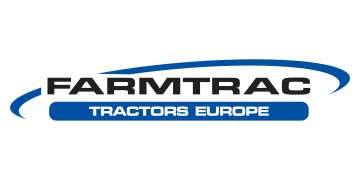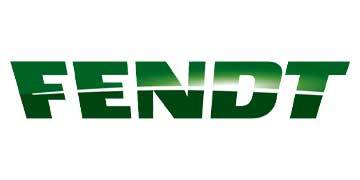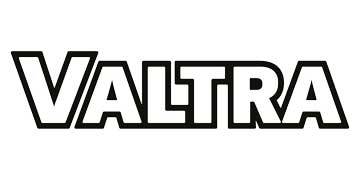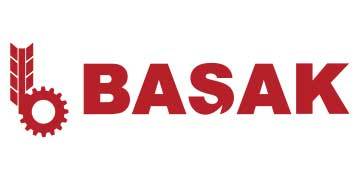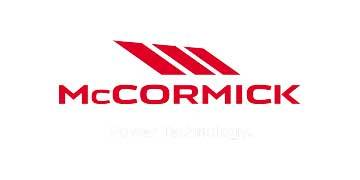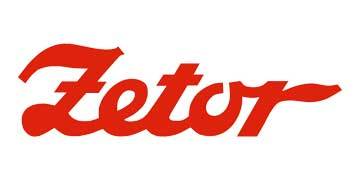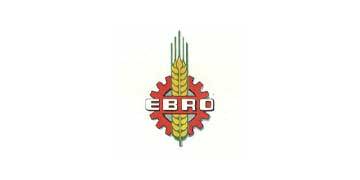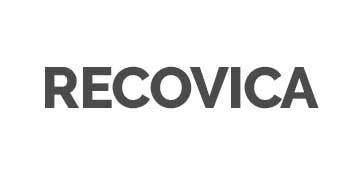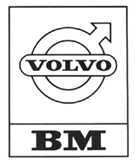Before buying a used tractor, you can understand if the tractor's maintenance has been neglected by considering some factors. Neglecting the maintenance of a tractor will shorten its life span. Therefore, it is necessary to learn to examine the right factors before buying a second-hand tractor.
Tractor Buying Guide
Check Safety Features
First, check the ROPS when buying a used tractor. Almost all modern tractors have a rollover bar. However, some older tractors do not have this bar. If you are looking at a newer model tractor and the ROPS is missing, ask the seller if it has been removed and if it is still there.
Safety switches: You can find safety switches on different areas of the tractor. Check the clutch pedal, brake pedal, transmission, and PTO to locate them.
Conduct a Visual Inspection
Walk around the tractor to detect any dents, scratches, and missing paint. If the tractor is in bad condition, it may have been in an accident or neglected, which means it may not be mechanically sound. If the paint is missing but the body is in good condition, repainting is not a problem.
Check for excessive or irregular wear on the tires. Inspect for signs of repair such as tread depth, damage and patches.
Check the Water Pump
Before buying a used tractor, make sure the engine is working. Check the belts too to ensure everything is tight.
Check the Fluids
Open the hood when the engine is cold and off and check all fluids.
- Remove the radiator cap. Ensure there is coolant and no oil floating in it.
- Check the engine oil. Use the dipstick to check the level.
- Check the transmission/hydraulic oil. The hydraulic oil should be almost clear.
- Tighten the cap and check the fluid level. Most modern tractors do not have a separate reservoir for hydraulic steering.
Inspect the Clutch and Brake Pedals
Wear and tear on the clutch and brake pedals will tell you a lot about how the tractor has been used.
If there are grooves and paint wear on the pedals, it usually indicates:
- The brake or clutch was used excessively
- This usage will shorten the life of the tractor.
Check the Electronics
Before buying a used tractor, make sure everything is working. Check the flashers, gauge lights, and headlights. Ensure that everything that should light up, flash or make sound is doing so.
Examine the Exhaust
Lock the brakes, make sure the transmission is in neutral and start the tractor. Allow the tractor to warm up for a few minutes and check for smoke. The color of the smoke can indicate engine problems. If the tractor continues to smoke after the first start, it could indicate a major issue.
Turn the Steering Wheel and Raise the Lift
If the tractor has hydraulic steering, the steering wheel should turn smoothly and easily. If it wobbles, the fluid level may be low or there may be a problem with the fluid. There could also be a problem with the pump or the filter/suction strainer.
Raise the lifting arm. If it is smooth and without any roughness, it is in good condition. If it wobbles, there may be an internal fluid problem or an issue with the lift.
Check the Brakes
Before buying a used tractor, check the clutch, shift to low gear, and use a brake. Slowly release the clutch. The brake should prevent the tractor from moving. Do the same with the second brake. Both brakes should be able to hold the tractor in place. Also check the performance of the clutch.
Look at the Hour Meter
There is an hour meter on the front panel that shows how many hours the tractor has been used. If the hour meter is still working, you should see the timer advancing while the engine is running. If you don't see this, there is no way to know how much the tractor has actually been used.
 en
en  tr
tr 
